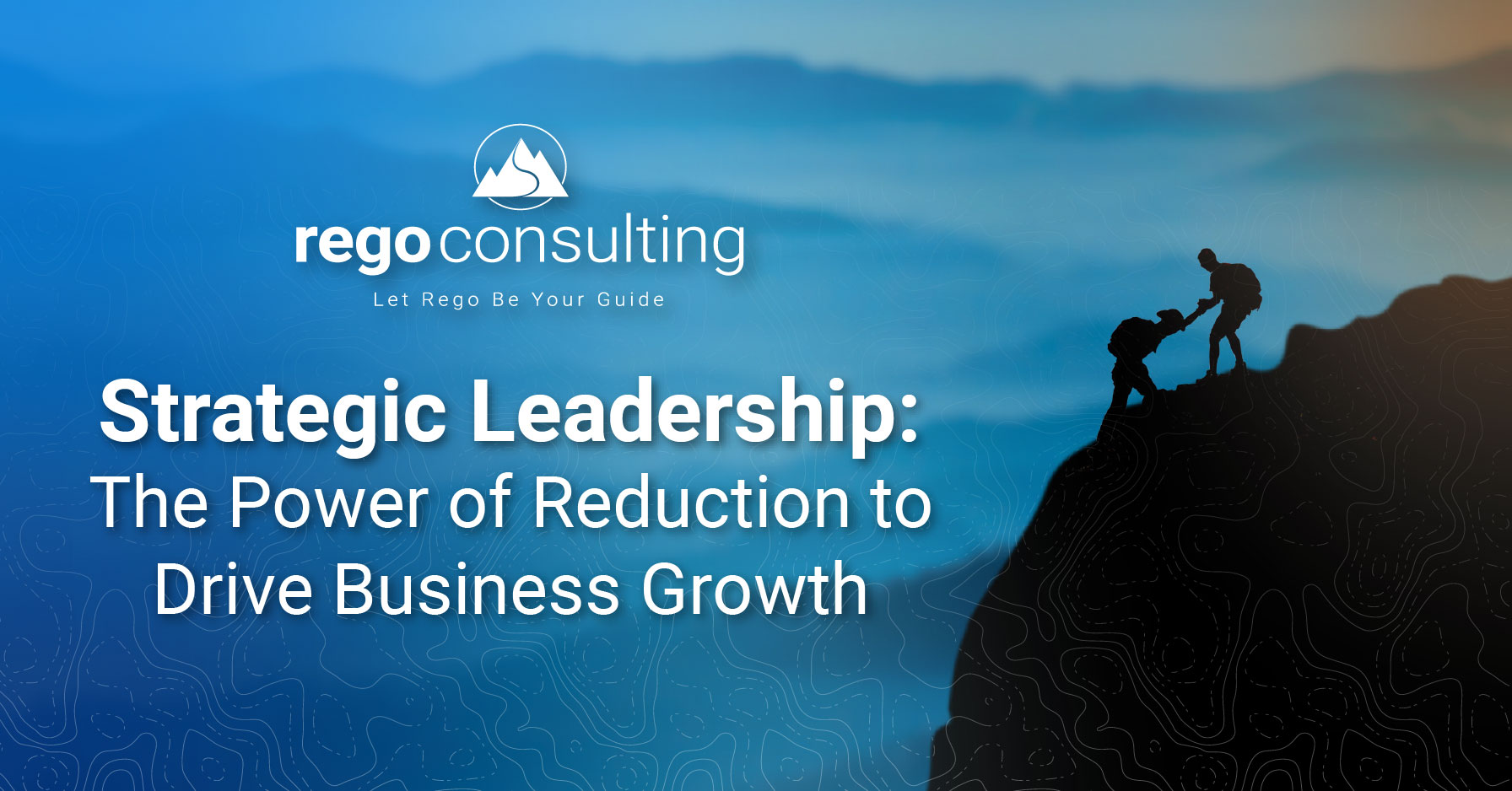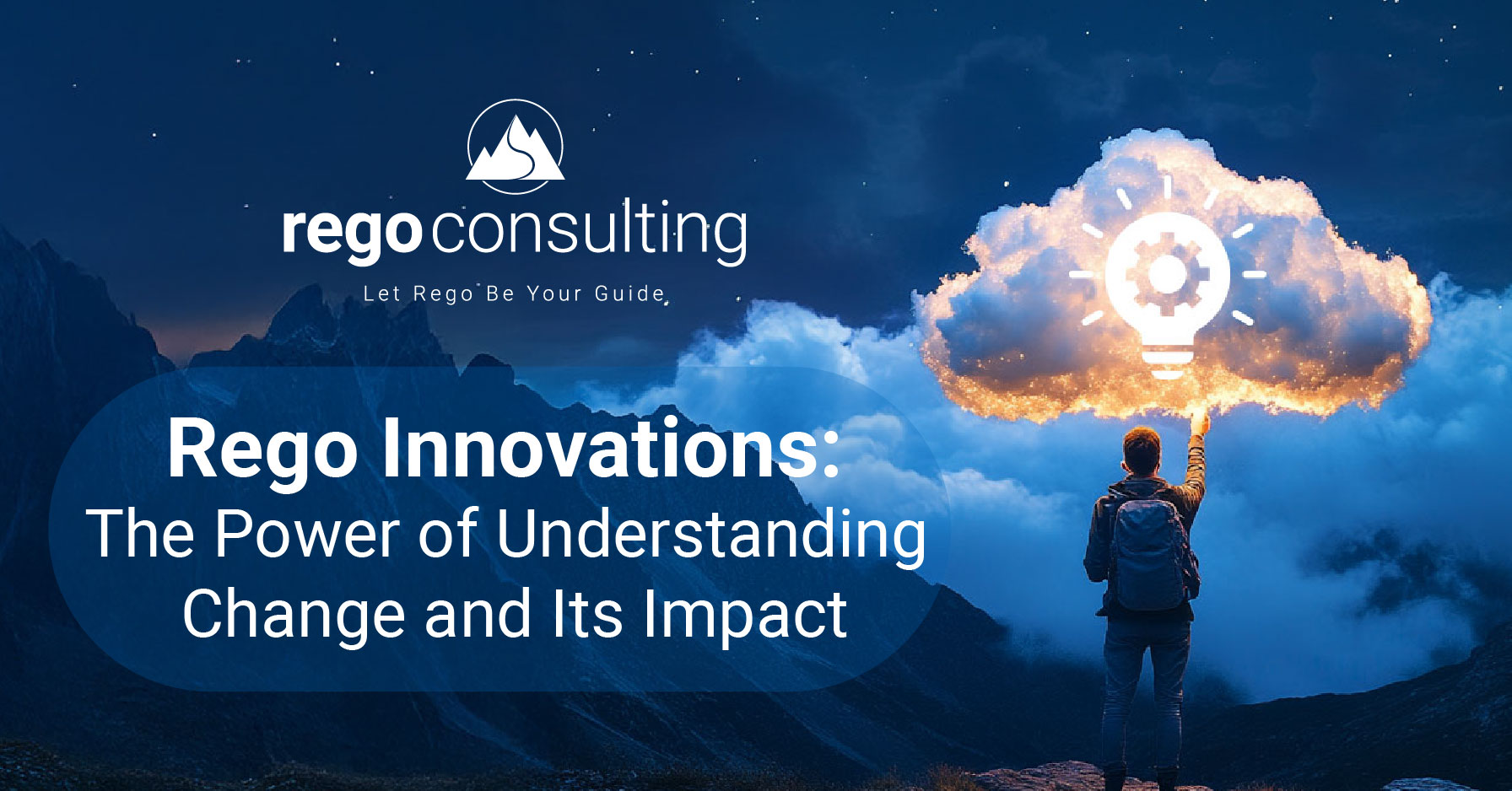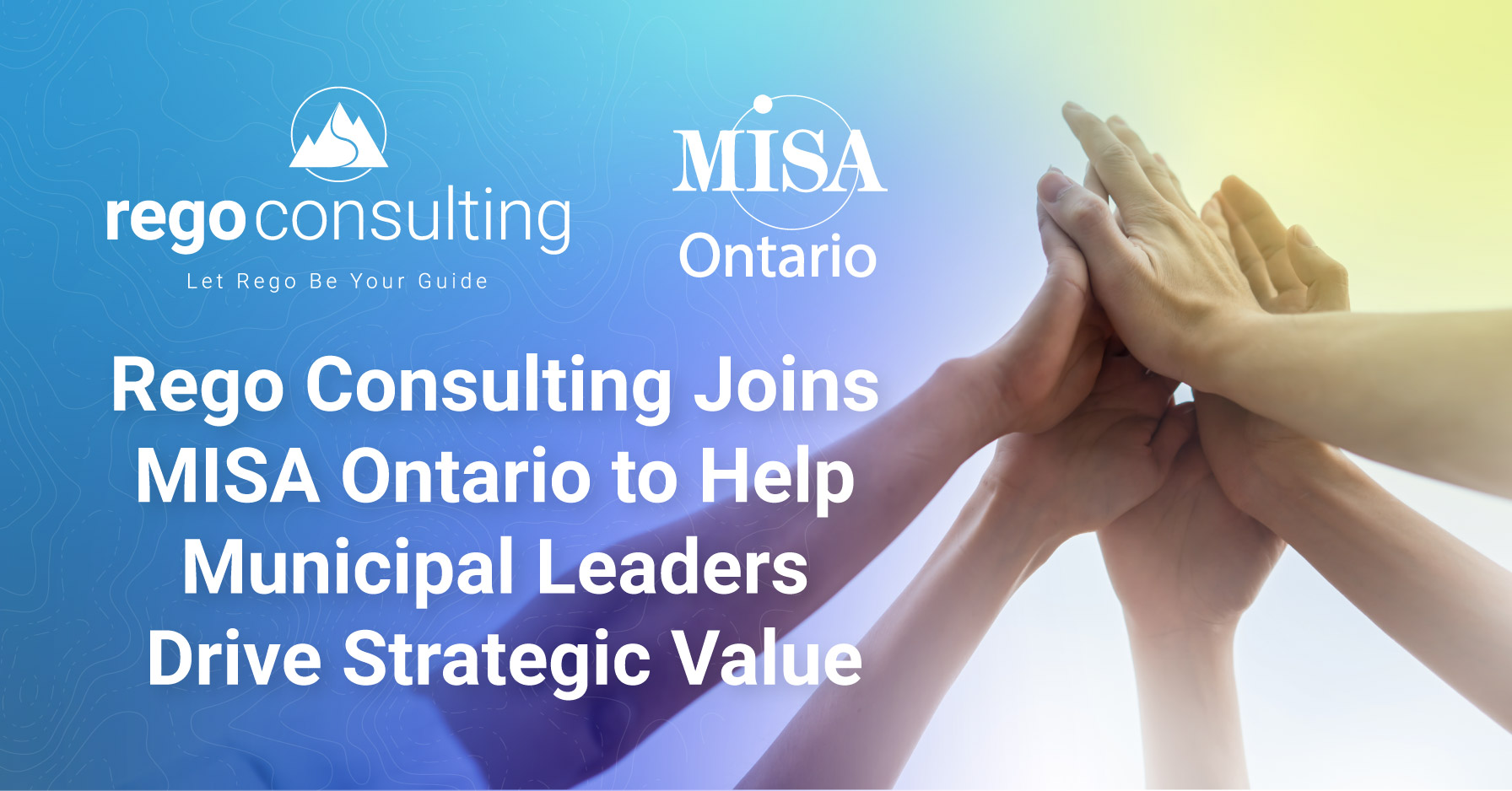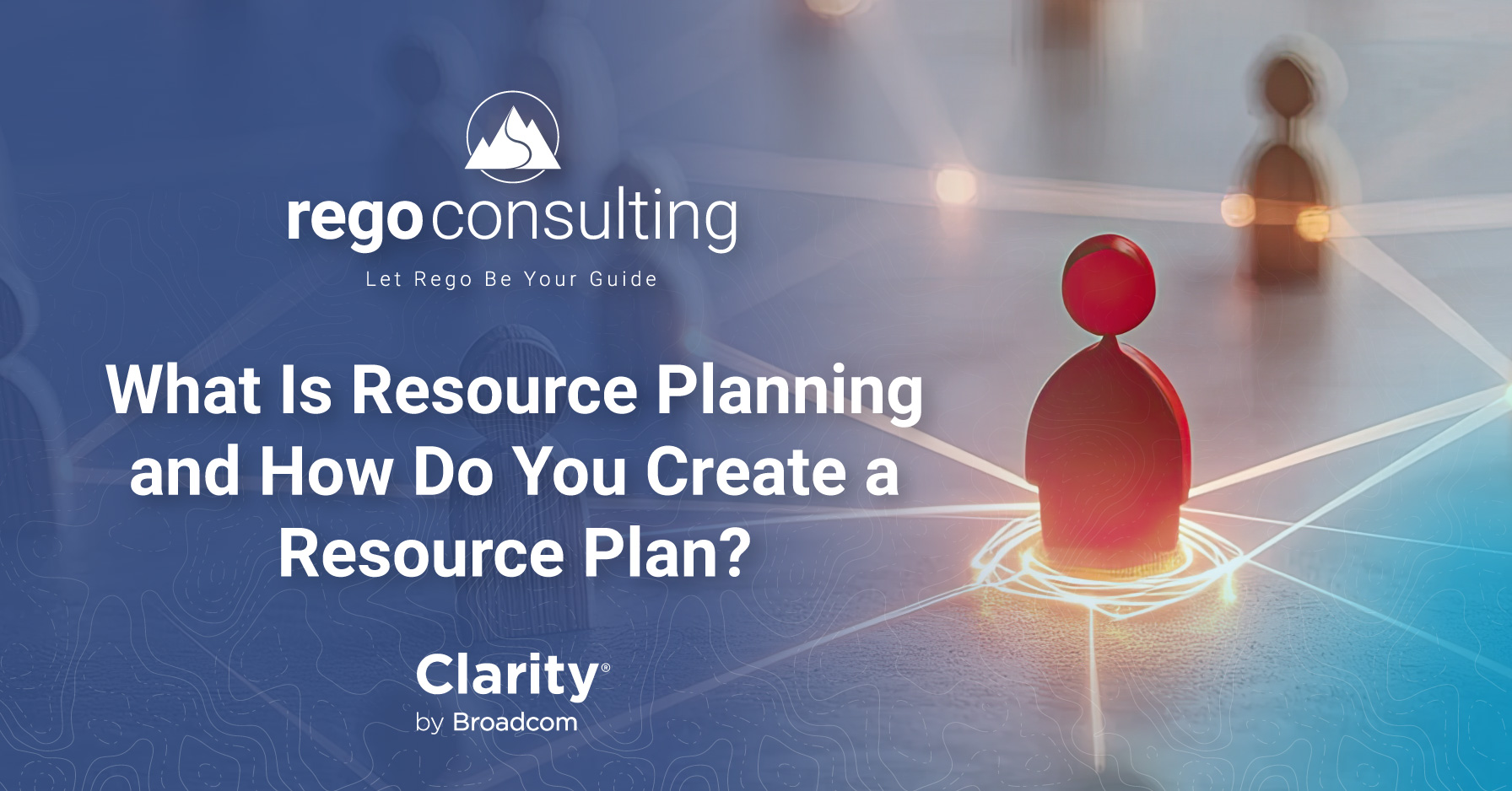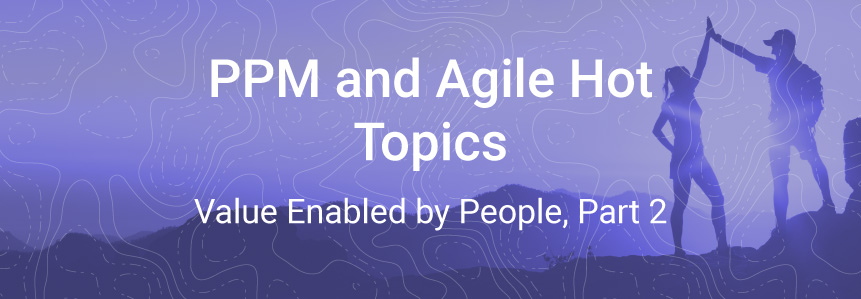
In part one of this series, we established several measurable usability metrics that can be adapted for your organization’s needs. By integrating Organizational Change Management (OCM) with your PPM and/or Agile implementation lifecycle, you can architect the business outcomes that you require:
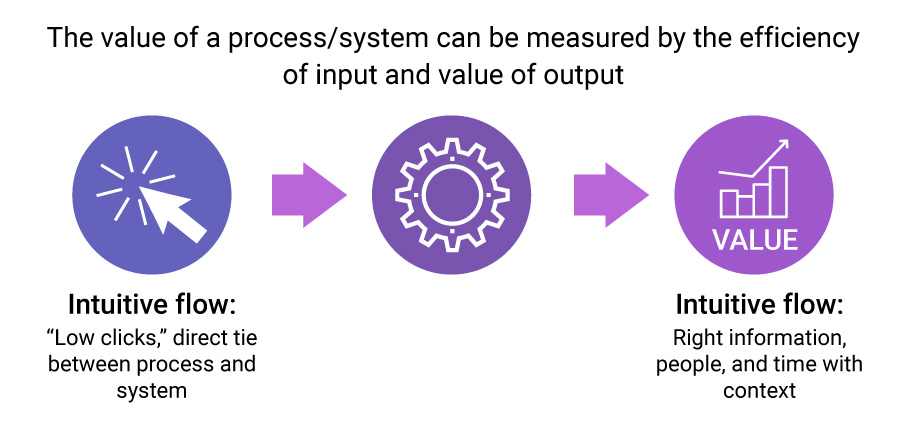
This concept can be applied at every point of process and system implementation or maturity. And by following the best practices outlined below, you’ll improve your environments and attain real value. Fundamentally, the core idea is people doing profitable processes.
At the highest level, any implementation or application management strategy must integrate organizational business objectives, IT business drivers, and expected solution outcomes. An effective high-level design provides traceability between the requirements, the technology that supports them, and the architecture on which the technology will be deployed. The term “traceability metrics” applies to this upward and downward flow for all activities. Here are some guiding principles to consider:
1) Start from the top down
Business objectives drive purpose and requirements as the “why” to enable the solution. The “how” is tracked up when building the implementation.
By defining business objectives for each current and new process and system function, you can tie work directly to a value output, even if it’s a high-level definition. This means that every necessary action is defined and communicated from the perspective of outcomes. For example:
- Entering time enables specific business needs such as answering the questions, “How well are we planning?” and “are my teams working on the highest-priority activities?”
- Project status reporting standards create weekly risk mitigation and support from leadership
- Team members’ hard book approval process supports the resource and project managers as they plan allocations and staffing
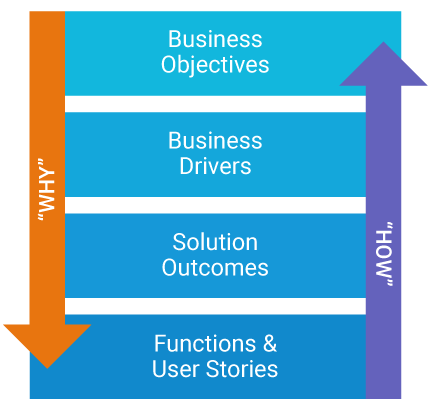
2) After understanding the “why,” follow the flow below to support the high-level system design
- Establish dashboard/report insight requirements and the process for consumption, cadence, and audiences
- Define field-level data and logic requirements associated with reporting
- Establish field-level input strategy and define process, cadence, and audience for data entry
- Define audit and data quality KPIs
Initially, reporting is a frequent topic, but the first area of focus in implementation is often data entry. Once data is gathered, reporting is finalized. However, it’s vital to remember that every data entry point should tie directly to an insightful output, and reporting must be the driver of data entry.
3) After process and data entry requirements are established, the system must be streamlined and aligned to the actions executed by end-users
- Setting login home to primary role activity
- Giving dashboards, reports, interactive system views, tabs, and home menu items the same names as their associated processes
- Removing views of any unused functions, including reporting based on role
- Configuring dashboards, reports, and interactive system views with only the required data input
To facilitate operational efficiency and data quality, the key goals of the deployment should be intuitiveness, simplicity, and relating actions to the people taking them.
Remember that PPM and/or Agile system and process practitioners need to constantly deliver solutions with people, not just users, in the middle of the implementation lifecycle. As an interesting experiment, Google “people.” You’ll see images of faces. Now, Google “users,” and you’re likely to see avatars and drones. Here’s how these two terms differ:
- Empathy (for people) versus apathy (for avatars and drones)
- Ideas, design, and innovation (from people) versus just doing a job (avatars and drones)
- Camaraderie and teamwork (by people) versus assimilation (avatars and drones)
By focusing on these suggestions for helping people through adoption strategies, you can greatly improve the value of a solution for your entire organization.
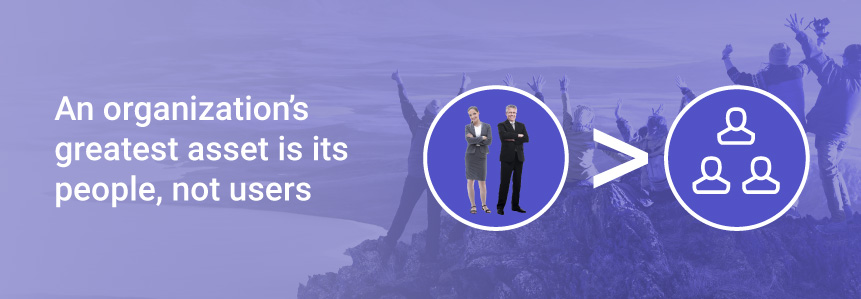
Let Rego Be Your Guide
Rego can help your business drive value with our affordable Organizational Change Management services and training. Our skilled practitioners take a collaborative approach with your teams, so you quickly go from idea to impact. Contact us today for a no-pressure conversation to learn more.
Rego also offers webinars, half-day training classes, and white papers. For a full list of Rego services, please visit regoconsulting.com.

